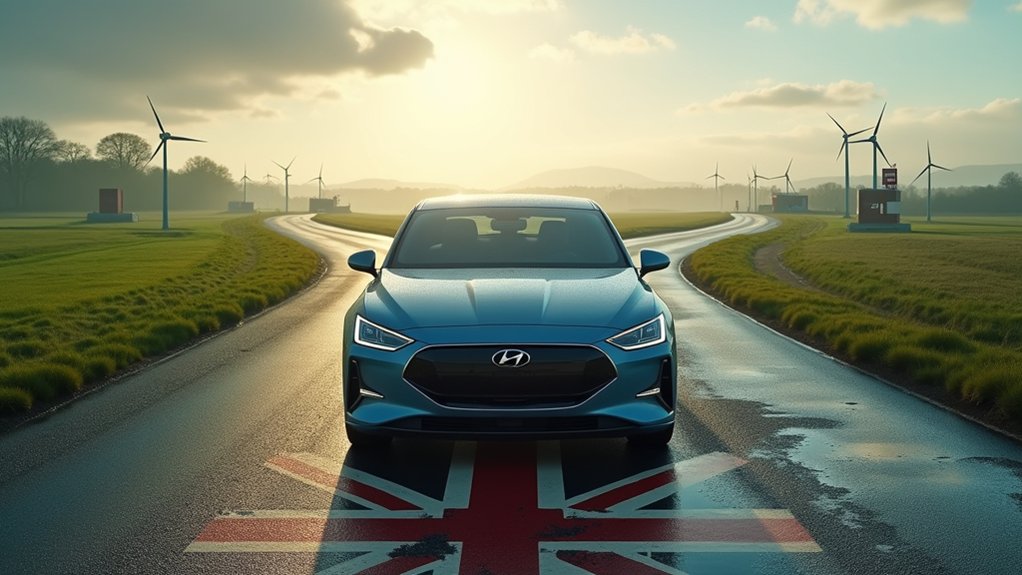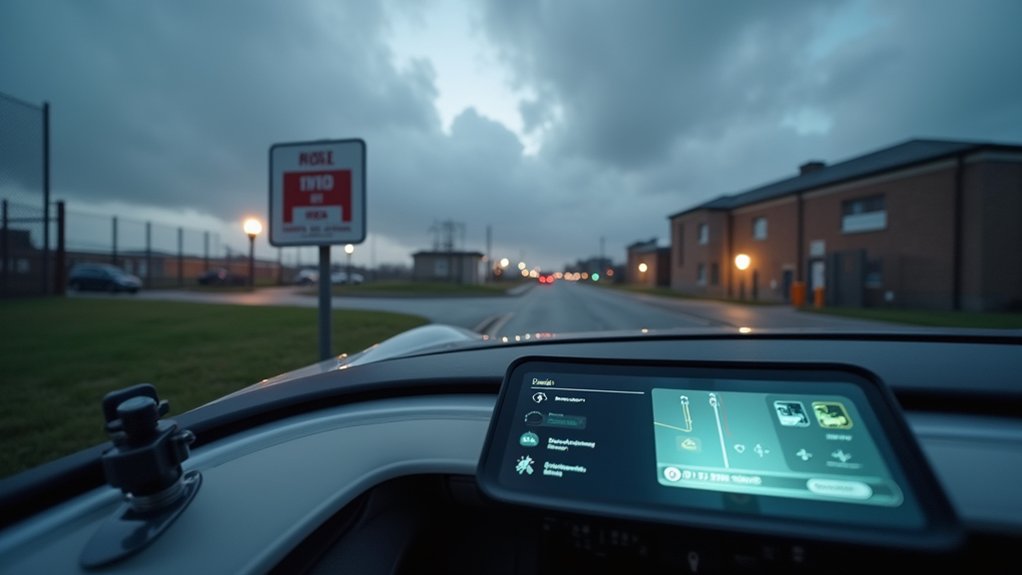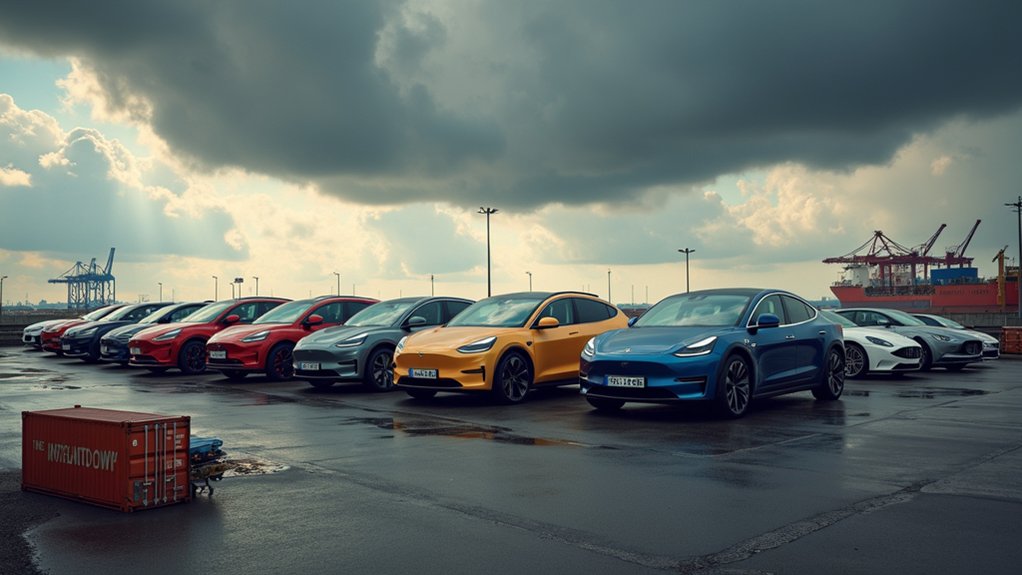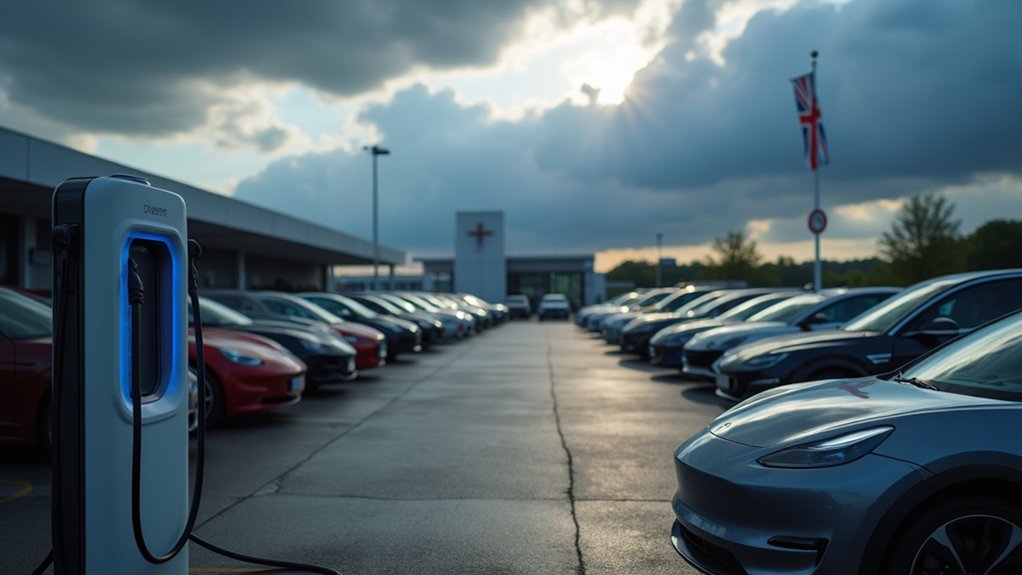As the UK government pushes forward with its ambitious environmental agenda, the timeline for banning new petrol and diesel car sales has undergone significant revisions in recent years. Initially set for 2030, the prohibition has been extended to 2035, giving manufacturers and consumers additional breathing room. This policy shift represents a nuanced approach to the shift towards electrification, with hybrid vehicles receiving particular attention in the regulatory framework.
Hybrid powertrains, excluding mild hybrid configurations, will remain available until 2035. This extension acknowledges the practical role hybrids play as transitional technology. PHEVs, with their dual-source propulsion systems, offer particular advantages during this period of infrastructure development, allowing for zero-emission urban driving while maintaining long-distance capability.
The revision hasn’t been without controversy. Environmental groups have criticized the delay as undermining climate commitments, while manufacturers have welcomed the pragmatic timeline adjustment. The real-world emissions profile of hybrids has come under scrutiny, with studies indicating higher CO2 outputs than laboratory testing suggests—particularly when PHEVs aren’t regularly charged. Research has indicated that hybrid vehicles are not as eco-friendly as previously thought by many consumers and policymakers. The rapid 13.8% CAGR growth of the electric van market demonstrates significant momentum toward full electrification across all vehicle categories.
The green transition’s balancing act: industry relief meets environmental skepticism over hybrid emission realities.
Low-volume manufacturers producing fewer than 2,499 units annually have secured notable exemptions. Prestigious British marques like Aston Martin can continue producing combustion-powered vehicles until 2035, protecting specialist engineering expertise while these companies develop electrification strategies. Manufacturers such as Bentley and Lamborghini are already planning to have all their models as plug-in hybrids by the end of 2025.
The policy maintains that existing ICE and hybrid vehicles may continue operating post-2035, affecting only new vehicle sales. This provision prevents premature obsolescence of the current fleet, an approach I find sensible from both environmental and economic perspectives.
Consumer reaction has been mixed, with many appreciating hybrid flexibility, especially in areas with underdeveloped charging networks. The 48V mild hybrid systems common in today’s market, however, will be eliminated by 2030, pushing manufacturers toward full hybridization or complete electrification.
As infrastructure expansion continues and battery technology advances, hybrids remain a practical stepping stone. Their extended availability demonstrates governmental recognition that the path to zero-emission transport requires technological pragmatism alongside ambitious environmental targets.









